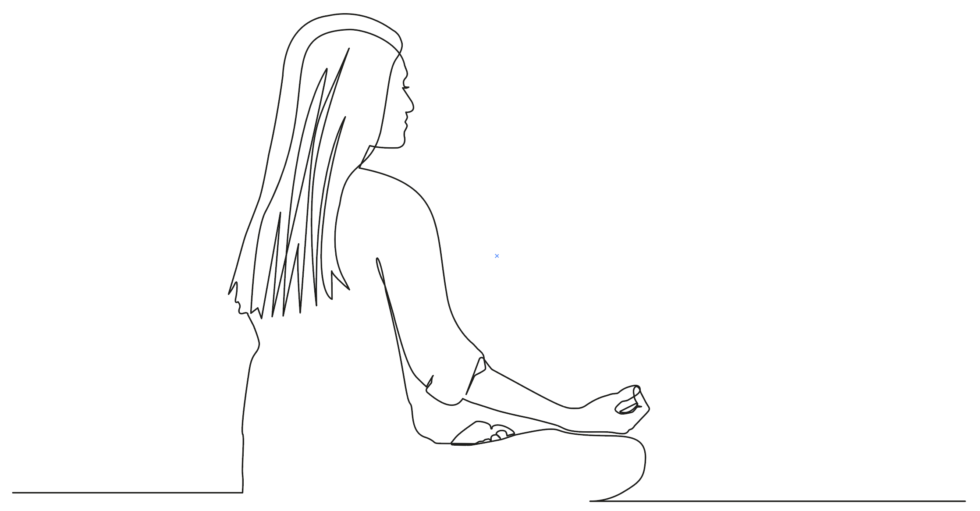Floating: The Ultimate Wingman for New Year’s Resolutions

As you consider what changes you want to make in your life for the new year, it’s worth also spending some time thinking about how you are going to make sure that you actually follow through with them. There are people who joke that their main New Year’s resolution is to not break their New Year’s resolutions – and there is actually a good amount of wisdom in that quip. Especially for those of us who don’t have the best track record of following through with our well-intentioned goals, it’s important to engage in activities and behaviors that can help us on our journey.
There are many tools and tricks out there to help you keep your New Year’s resolutions, from goal journals, to accountability apps, to prescribed morning routines. These are all designed to help you overcome one of the frustrating realities of being human: we are creatures of habit. For the most part, this is a good thing – we have countless routines that allow us to live our lives and get through our days consistently and safely. There are also, of course, those adopted habits that we’d like to change, or eliminate altogether.
One of the practices that is especially useful in breaking bad habits and fostering new behaviors is floatation therapy. In fact, Dr. John Lilly, the inventor of the float tanks (and who would have been 107 this month) wrote several books about using the float tanks to take control of your habits, or as he would say, “to reprogram yourself.” Floating facilitates self-reflection & visualization, it’s incredibly effective at reducing stress & anxiety, and it provides you with all-important alone time.
Consistent reflection on your goals has been shown, time and again, to predict your ultimate success in achieving them. Reflecting, not just on the changes that you want to make in your life but the reasons you want to make those changes, is incredibly helpful in making them a reality. In the same vein, taking the time to visualize going through the steps to fulfill your resolutions better prepares you for accomplishing them in the real world when the time comes.
The float tank is an ideal place for both self-reflection and visualization, and those are actually two of the reasons that regular floaters commonly cite for coming in. Without any outside distractions, and perfectly comfortable physically, your mind can direct its attention wherever you’d like – for instance, on your New Year’s promises to yourself. Without starting to form these strong associations with your goals, it’s all too easy for your old habits to slip into their familiar places, like an old man slipping back into his favorite chair.
As numerous studies have shown, floating is also an incredible tool for relieving anxiety, as well as depression – which can both be huge obstacles in the way of us achieving our goals. With so many things in the modern world demanding our time and attention it’s not surprising that nearly everyone is operating at levels of heightened stress, hampering our efforts towards making real change.
Taking purposeful time out of the demands of everyday life, even for something as simple as 15 minutes of silent breathing, has been shown to help us manage our stress better. This in turn leads to improved focus, more self control, lower blood pressure, and a range of other benefits. Research continues to show us how important it is to disconnect, and floating is the perfect way to do that.
It’s tempting to think that we will, by simply declaring our resolutions, be able to effortlessly follow through with them – however, adopting new habits (and eliminating old ones) is most often a more challenging task than that. It’s important to use all the tools at your disposal to help you out, rather than just choosing one (or, as is often the case, none). Try journaling, experiment with goal tracking apps, try starting your day off with some new activities, and, of course, we recommend scheduling regular time to float.
Ready to work with Float North County?
Let's connect! We’re here to help.
Send us a message and we’ll be in touch.
Or give us a call today at (858) 925-6069







